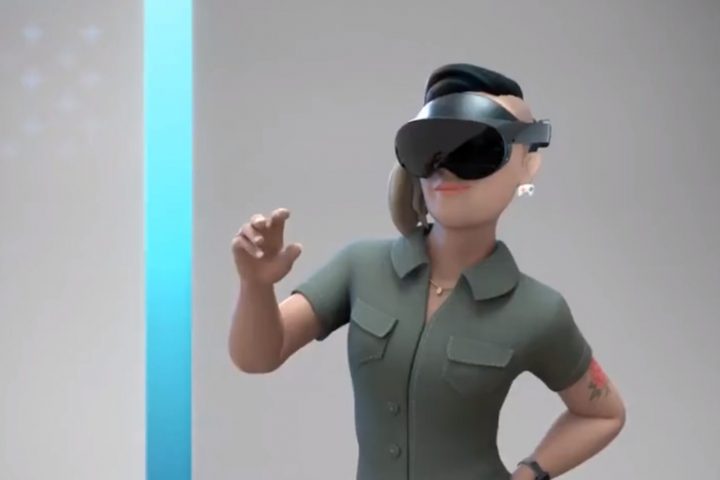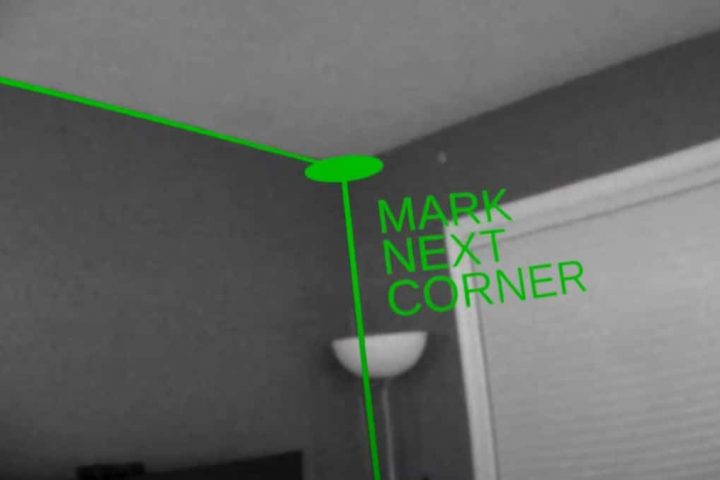At CES last week one of my first demos was with Tobii and its eye-tracking technology. I left the demo convinced that once you’ve tried a VR headset with eye-tracking included you’ll never want to wear one without it again.
Google, Facebook and Apple all purchased eye-tracking companies over the last few years because these tech giants know what benefits are possible with the technology. If you know where a person is pointing their eyes at any given moment you can do things with software interaction and optimization that were never possible before. For example, eye-tracking could allow next generation headsets to dramatically upgrade resolution without adding a ton to rendering cost. That’s by way of foveated rendering — where the greatest detail is only drawn directly in front of your eyes. Manufacturers could even use eye-tracking to measure the distance between your pupils, which could help people maximize the 3D effect seen inside a VR headset just by getting it set up right.
But more important to developers, eye-tracking completely changes the way people interact with a virtual world. Tobii sells a modified HTC Vive with its eye-tracking tech installed and, in a series of demos, I was given the freedom to flip eye-tracking on or off at any time. Not once did I prefer eye-tracking off and it so enhanced the experience of interacting with a virtual world I started disliking the HTC Vive without the feature turned on. Below is a look at the demos I tried, each of which was either more immersive or easier to accomplish than if I had been using a headset without eye-tracking.
Bringing Your Eyes To Life
Source: Eye-Tracking Is Both Incredibly Important And Very Risky





